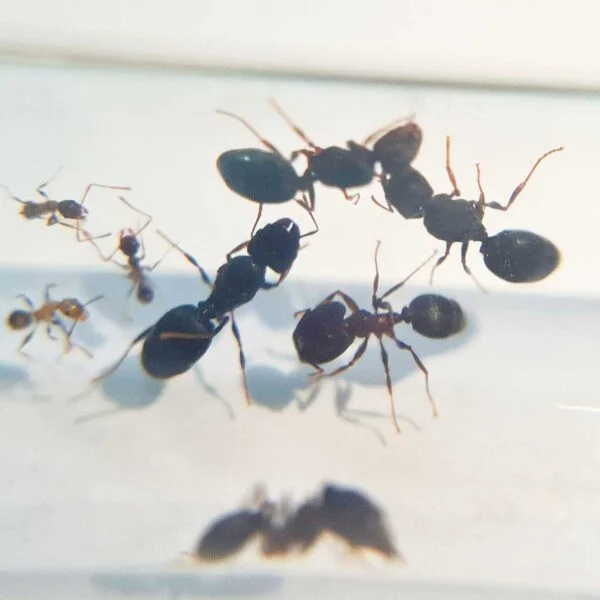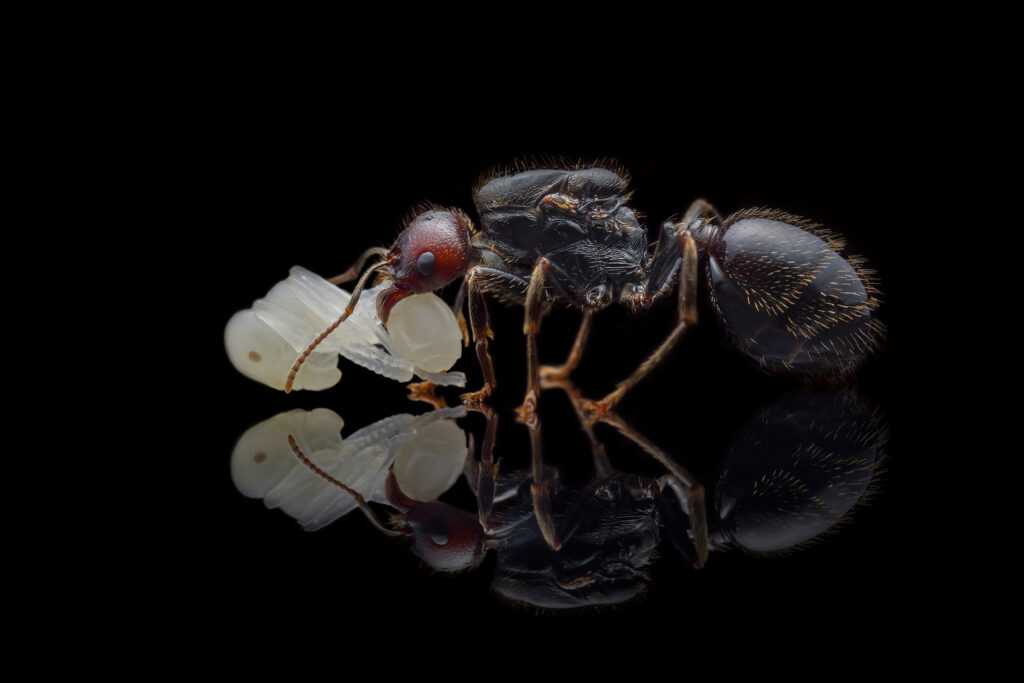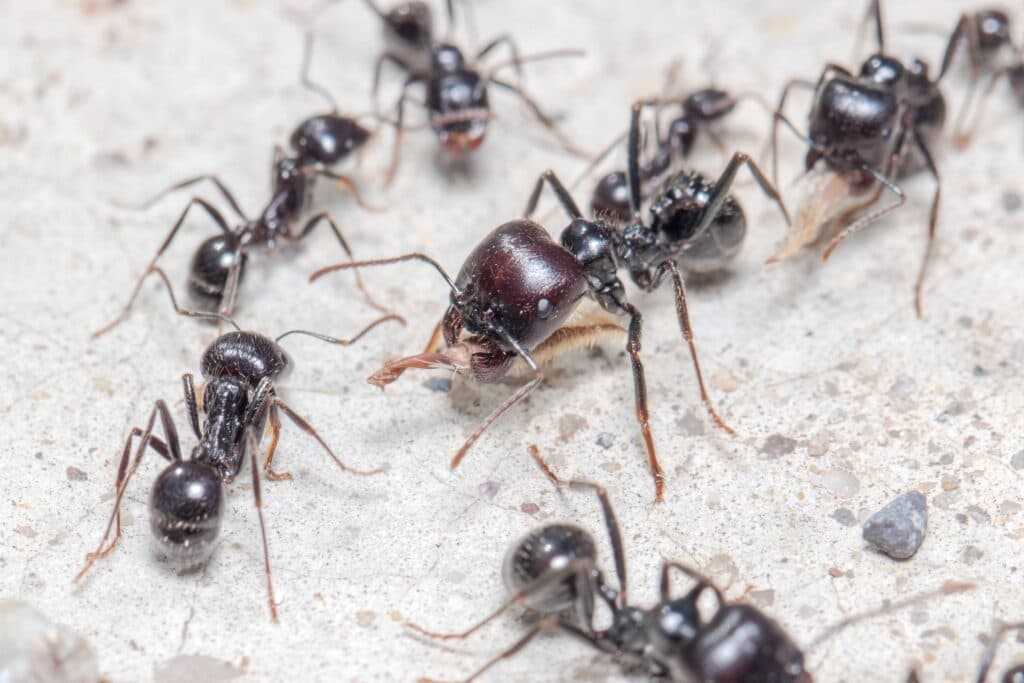Product Description: Paraponera clavata Ant Colony
The Paraponera clavata ant colony is an incredible and fascinating specimen to own. With its unique characteristics and features, it is a must-have for any ant enthusiast. This product description will provide you with all the information you need to know about this colony, including its colony type, size, development speed, nutrition, and recommended habitats.
Colony Type: Monogyny Colony
The Paraponera clavata ant colony exhibits a monogyny colony type, which means it consists of a single queen ant.
Colony Size
These ant colonies can grow to be as large as 3000 workers, making them an impressive sight to behold.
Development Speed
Although their development speed is considered slow, it is worth the wait to witness the growth and expansion of this remarkable colony.
Size
The queen ant of the Paraponera clavata colony measures between 26-30mm in length, while the worker ants range from 20-26mm. Their size difference adds to the uniqueness of this ant species.
Color
Mostly dark brown to reddish brown in color, the Paraponera clavata ants are visually striking and easily recognizable.
Nutrition
The Paraponera clavata ants have a varied diet that includes insect food such as cockroaches and crickets. They also enjoy syrup made from a mixture of water and honey in different ratios (4:1, 3:1, 2:1), fruits, vegetables, jelly, and cooked chicken without salt. Providing them with a diverse range of food options will ensure their health and well-being.
Arena Humidity
For the optimal living conditions of the Paraponera clavata colony, maintaining an arena humidity level of 40-60% is crucial. Additionally, it is recommended to provide slots in the arena with a humidity level of 60-80% to simulate their natural habitat.
Arena Temperature
These ants thrive in a temperature range of 23-28 °C in the general arena. However, it is advisable to provide slots with a slightly lower temperature range of 20-24 °C to create a more natural and comfortable environment for the colony.
Species Feature: Powerful Sting
One of the most captivating features of the Paraponera clavata ant colony is its sting. The sting of this species is known to be extremely painful and allergenic, ranking high on the Schmidt Sting Pain Index. In fact, their stings can cause anaphylactic shock, making it a species to be cautious around. Interestingly, some Indian tribes of the Brazilian Selva incorporate the Paraponera clavata ants into their initiation rituals, subjecting themselves to its sting up to 20 times.
Recommended Nests for Breeding
When it comes to breeding the Paraponera clavata colony, it is crucial to provide them with suitable nesting options. Recommended nests include those made of acrylic with a gypsum base, gypsum, aerated concrete, or earth. These materials provide the necessary structure and environment for the colony to thrive.
Sand/Substrate
It is essential to include sand or substrate in the arena to create a natural and comfortable living area for the Paraponera clavata ants. This addition will enhance their overall well-being and increase their satisfaction within their habitat.
In conclusion, the Paraponera clavata ant colony is an incredibly intriguing and unique species to own. Their monogyny colony type, impressive size, and distinctive color make them a standout among ant enthusiasts. With their varied diet and specific humidity and temperature requirements, caring for this colony ensures their health and well-being. Lastly, their powerful sting and the cultural significance placed upon it adds an extra layer of fascination to this incredible species. By providing the recommended nests and including sand or substrate in their arena, you can create the perfect environment for the Paraponera clavata ants to thrive. Don’t miss out on the opportunity to own these remarkable ants and add a touch of nature’s marvels to your collection.

















Reviews
There are no reviews yet.